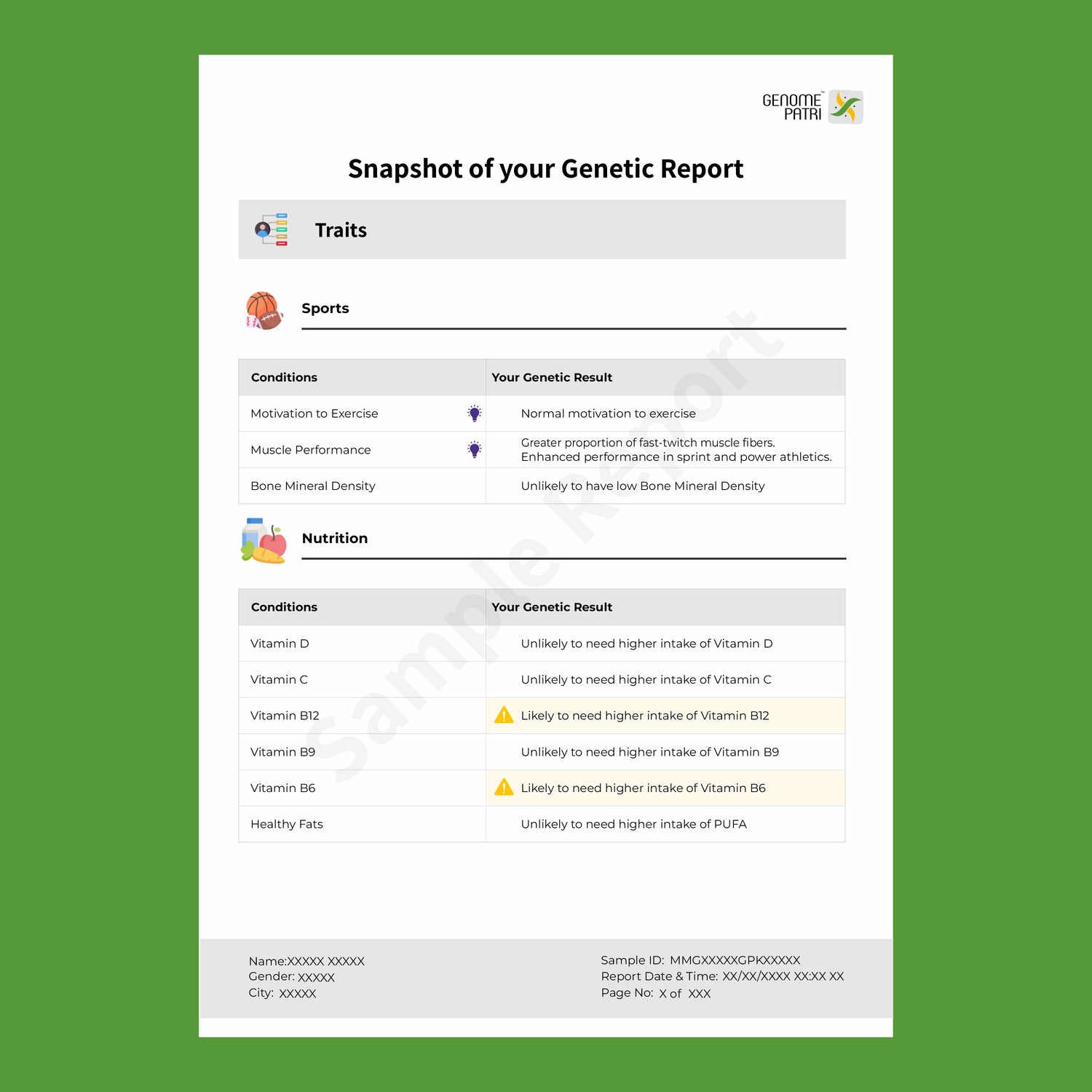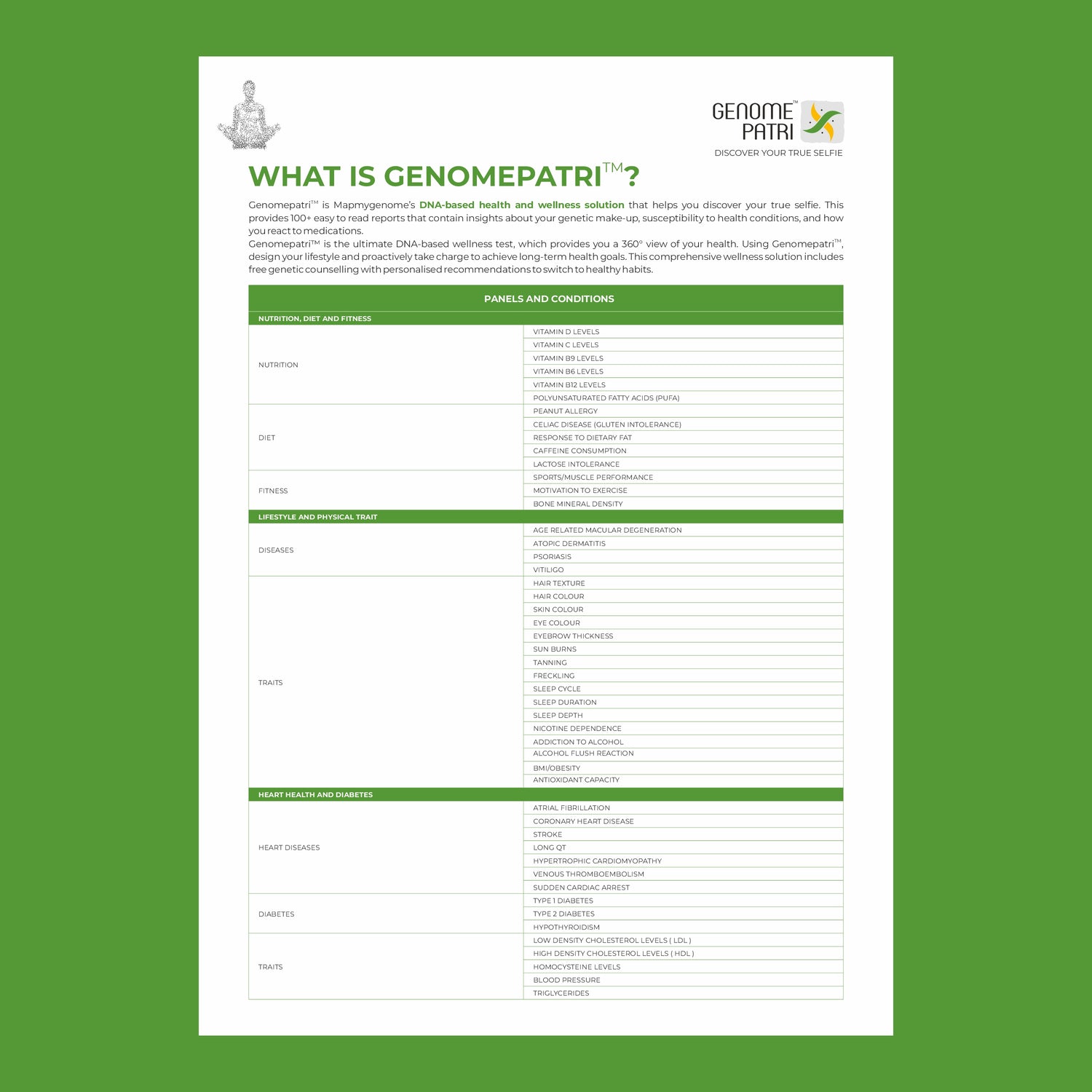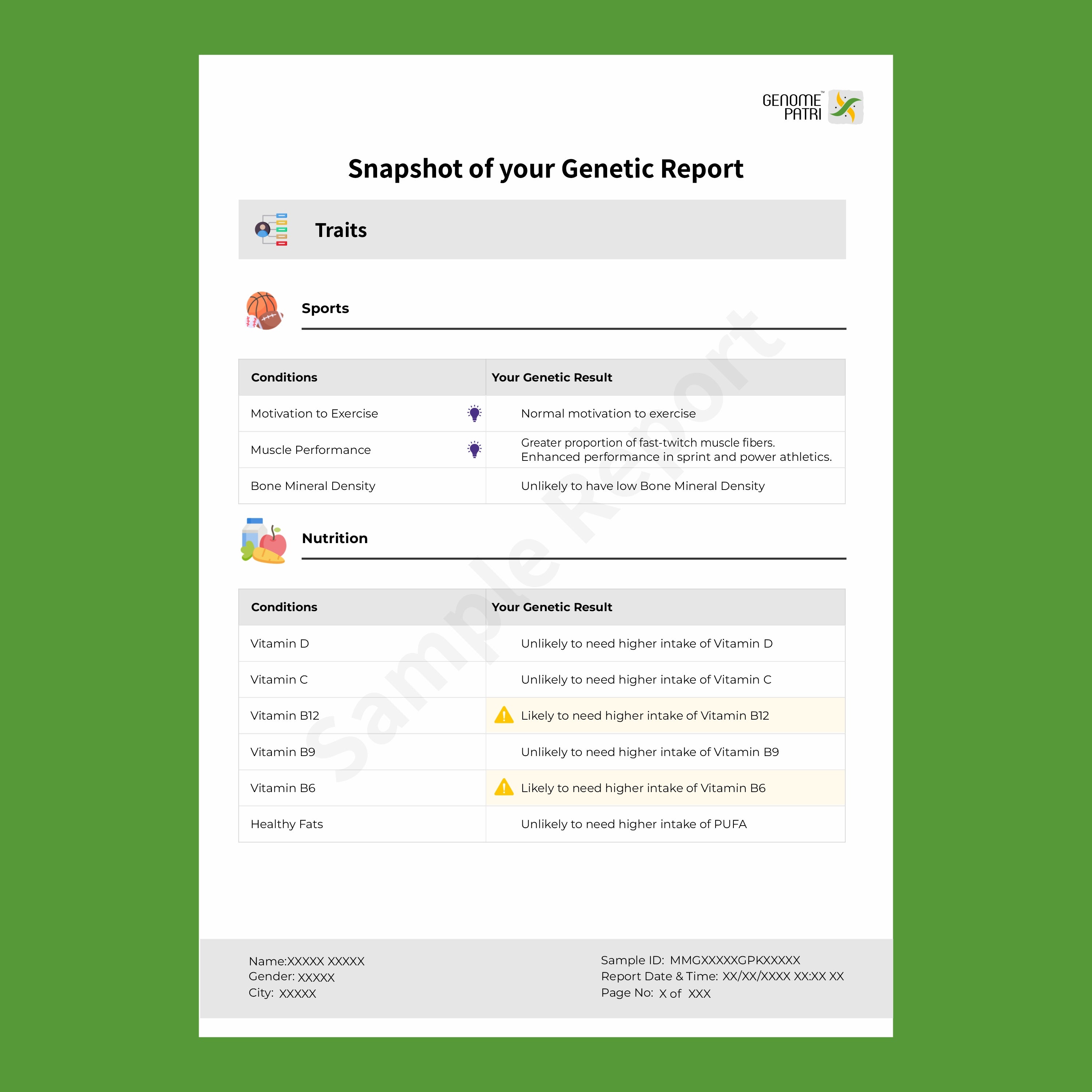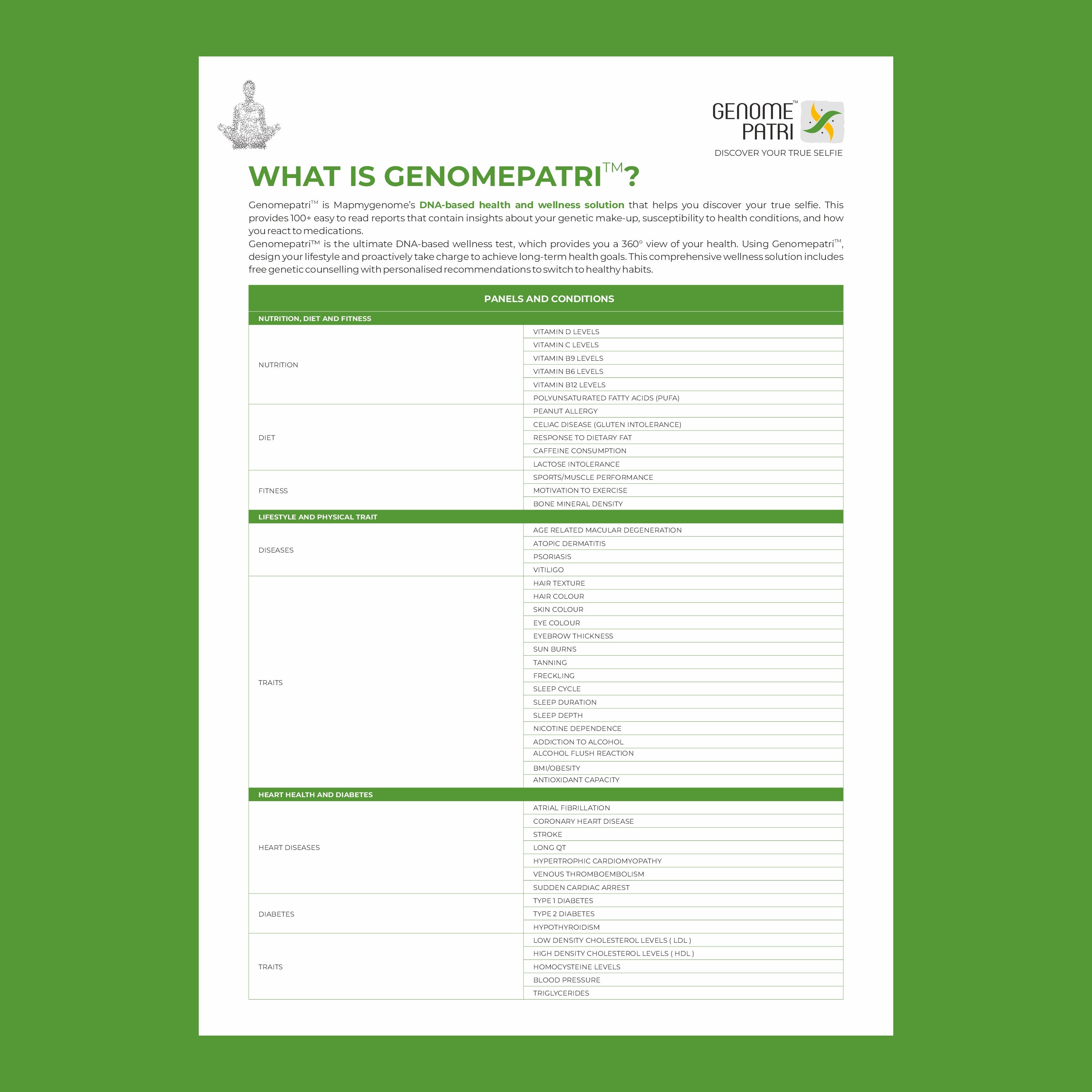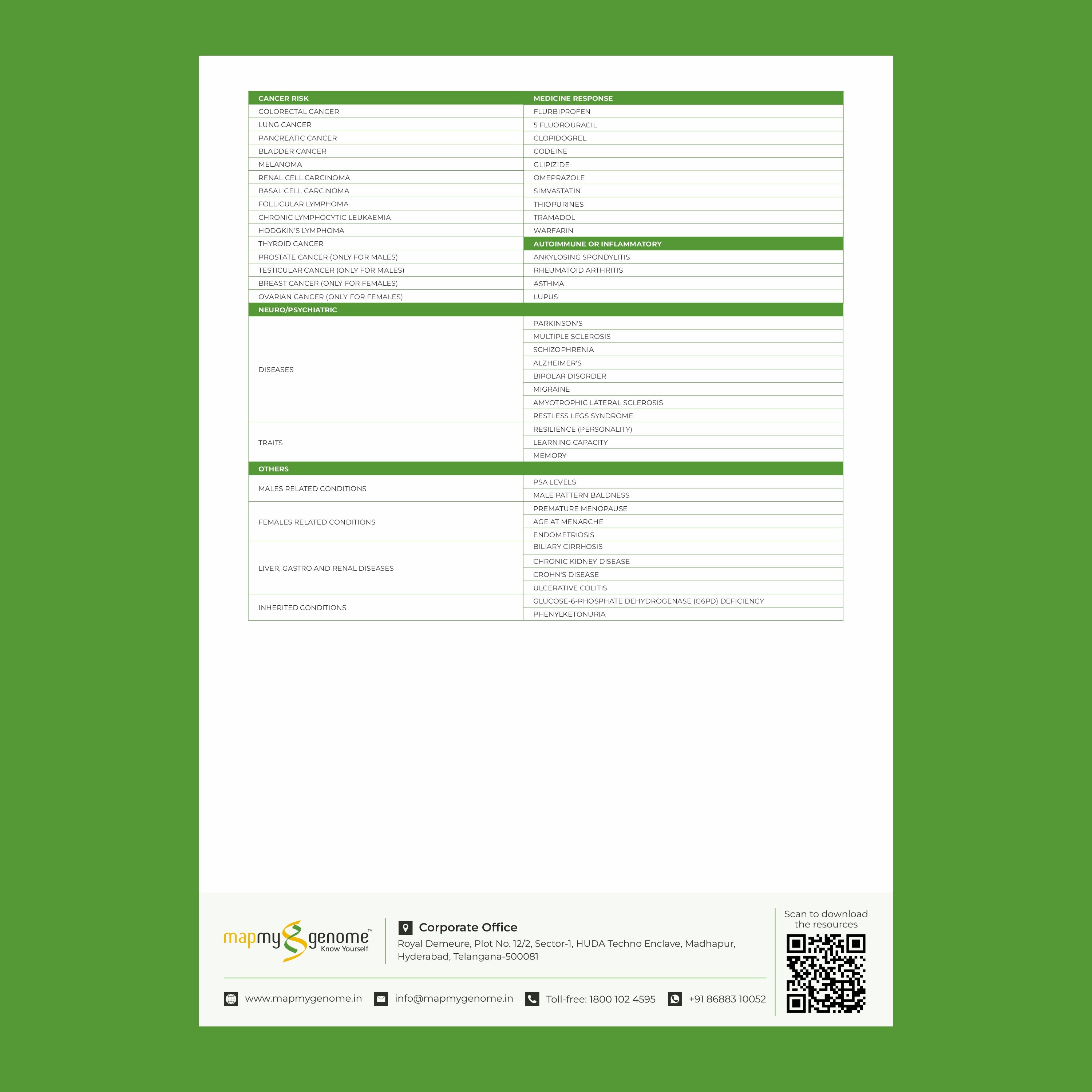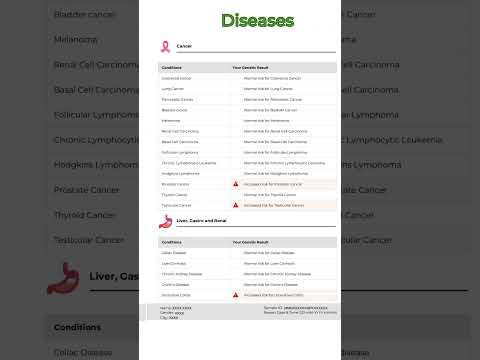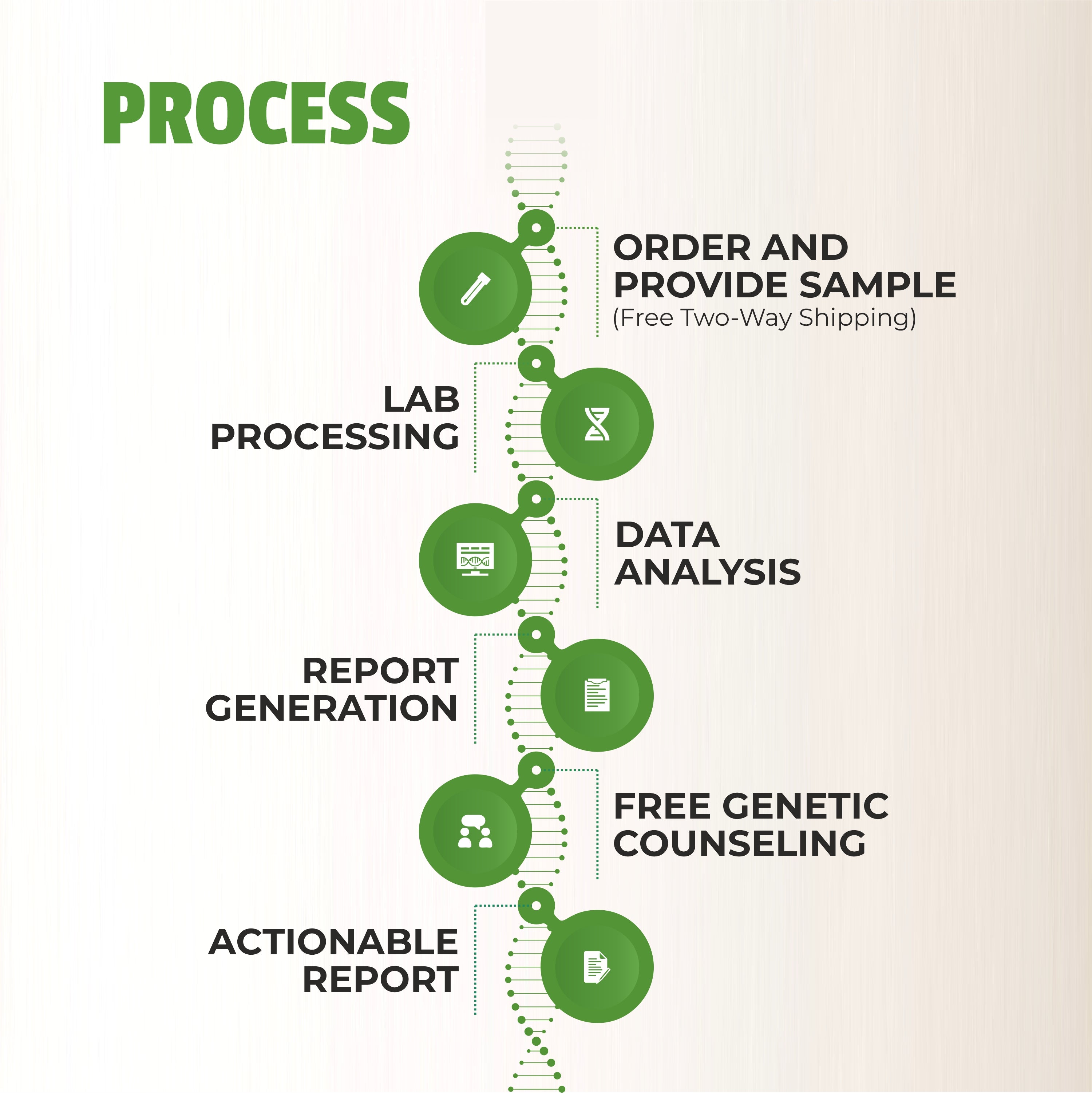Migraines are more than just severe headaches; they are a complex neurological condition that affects millions of people worldwide. Characterized by intense, throbbing pain often accompanied by nausea, sensitivity to light, and even visual disturbances, migraines can significantly impact an individual’s quality of life. Effective pain management is crucial for those who suffer from migraines, and understanding the various aspects of this condition can help in finding the right treatment. This blog aims to explore the key elements of migraine pain management, focusing on symptoms, triggers, treatments, and lifestyle changes.
What is a Migraine?
A migraine is not just a bad headache. It's a neurological disorder that typically presents as a severe, throbbing pain on one side of the head, although it can affect both sides in some cases. Migraines are often accompanied by other symptoms such as nausea, vomiting, and extreme sensitivity to light and sound. For some, migraines also include visual disturbances known as "auras," which can manifest as flashing lights, zigzag patterns, or blind spots.
Migraines can last anywhere from a few hours to several days, and the frequency of attacks varies from person to person. For those who experience frequent migraines, effective pain management is essential to maintaining a good quality of life.
Common Migraine Symptoms
Understanding the symptoms of migraines is the first step in managing the condition. Some of the most common symptoms include:
- Throbbing or Pulsating Pain: Often localized to one side of the head, but can spread to both sides.
- Nausea and Vomiting: Many migraine sufferers experience gastrointestinal symptoms during an attack.
- Sensitivity to Light (Photophobia) and Sound (Phonophobia): Bright lights and loud noises can exacerbate migraine pain.
- Visual Disturbances (Aura): Approximately one-third of people with migraines experience auras, which are usually visual but can also involve other senses.
- Fatigue and Irritability: Many people feel extremely tired and irritable before, during, and after a migraine.
Recognizing these symptoms early can help in initiating prompt treatment and potentially reducing the severity of the attack.
Triggers for Migraines
Identifying and avoiding triggers is a key aspect of pain management for migraines. Common triggers include:
- Stress: Emotional stress is a well-known trigger for migraines. Techniques like mindfulness and meditation can help manage stress levels.
- Dietary Factors: Certain foods and drinks, such as aged cheeses, chocolate, caffeine, and alcohol, can trigger migraines in some individuals.
- Hormonal Changes: Many women experience migraines in relation to their menstrual cycle, pregnancy, or menopause due to hormonal fluctuations.
- Sleep Patterns: Both lack of sleep and excessive sleep can trigger migraines. Maintaining a regular sleep schedule is important.
- Environmental Factors: Bright lights, loud noises, strong smells, and changes in weather can all act as migraine triggers.
Keeping a migraine diary to track your triggers can be an effective way to identify patterns and avoid known triggers.
Migraine Treatment Options
Migraine treatment can be divided into two main categories: acute treatments to stop symptoms and preventive treatments to reduce the frequency and severity of attacks.
-
Acute Migraine Treatment
- Over-the-Counter Medications: Non-prescription pain relievers such as ibuprofen, aspirin, or acetaminophen can be effective for mild to moderate migraines.
- Triptans: These are prescription medications specifically designed to treat migraines. They work by narrowing blood vessels in the brain and blocking pain pathways.
- Anti-nausea Medications: These can be prescribed if nausea and vomiting are significant symptoms of your migraines.
- CGRP Inhibitors: Calcitonin gene-related peptide (CGRP) inhibitors are a newer class of medication that has been shown to be effective in reducing migraine pain.
-
Preventive Migraine Treatment
- Beta-Blockers: Commonly used to treat high blood pressure, beta-blockers can also help reduce the frequency of migraines.
- Antidepressants: Certain antidepressants, such as amitriptyline, can be effective in preventing migraines.
- Antiepileptic Drugs: Medications used to treat epilepsy can also help prevent migraines in some individuals.
- Botox Injections: Approved by the FDA for chronic migraine treatment, Botox injections can reduce the frequency of migraine attacks.
- Lifestyle Modifications: Regular exercise, maintaining a healthy diet, and managing stress can significantly reduce the frequency and severity of migraines.
Consulting with a healthcare provider is crucial for determining the most appropriate treatment plan for your specific needs.
Pain Management Techniques for Migraines
In addition to medication, there are several pain management techniques that can help alleviate migraine symptoms:
- Cognitive Behavioral Therapy (CBT): CBT can help change the way you perceive and react to pain, reducing the overall impact of migraines on your life.
- Biofeedback: This technique involves learning to control physiological functions, such as heart rate and muscle tension, which can reduce migraine frequency and severity.
- Acupuncture: Some studies suggest that acupuncture can be an effective complementary treatment for reducing migraine frequency.
- Relaxation Techniques: Methods such as deep breathing, progressive muscle relaxation, and guided imagery can help manage the stress that often triggers migraines.
The Role of Genetic Testing in Migraine Management
Genetic testing is becoming an increasingly valuable tool in the field of pain management, particularly for conditions like migraines. Understanding your genetic predisposition to migraines can help in creating a personalized treatment plan. For example, MapmyGenome offers Genomepatri a genetic test that provides personalized insights into your genetic makeup. By identifying specific gene variants associated with migraines, you can take proactive steps in managing the condition, such as avoiding known triggers or selecting medications that are more likely to be effective for your genetic profile.
Lifestyle Changes to Manage Migraines
Incorporating lifestyle changes can be a powerful way to manage and even prevent migraines:
- Regular Exercise: Physical activity can help reduce stress and improve overall well-being, which may decrease the frequency of migraines.
- Healthy Diet: Avoiding foods that trigger migraines and maintaining a balanced diet rich in fruits, vegetables, and whole grains can help manage symptoms.
- Adequate Hydration: Dehydration is a common migraine trigger, so it's important to drink plenty of water throughout the day.
- Consistent Sleep Schedule: Maintaining a regular sleep routine can help prevent migraines triggered by changes in sleep patterns.
- Mindfulness and Relaxation Techniques: Practices such as yoga, meditation, and deep breathing exercises can reduce stress and prevent migraines.
Conclusion
Migraines can be a debilitating condition, but with the right pain management strategies, you can significantly reduce their impact on your life. By understanding your triggers, exploring treatment options, and making lifestyle changes, you can take control of your migraines and improve your overall well-being. Genetic testing, such as the Genomepatri test offered by MapmyGenome, can provide valuable insights into your predisposition to migraines, helping you tailor your approach to pain management. Don't let migraines control your life—take proactive steps today to manage your symptoms and live a healthier, more fulfilling life.




